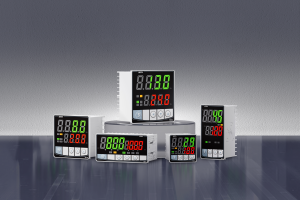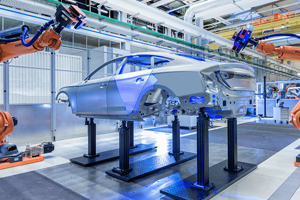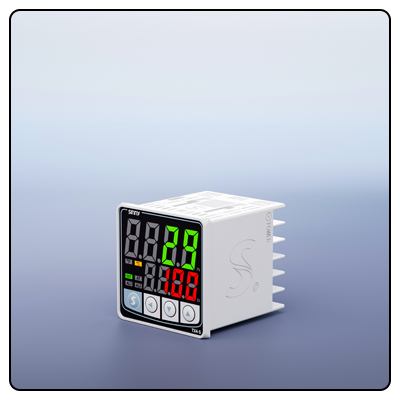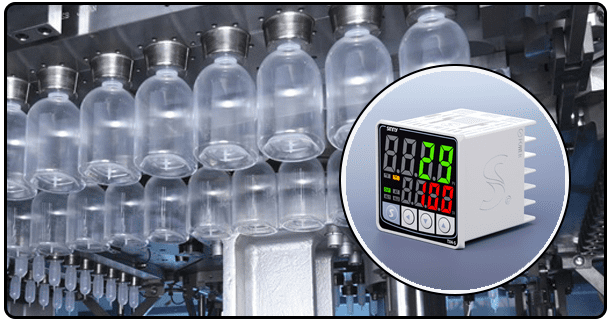PID control: What does it mean?
1. Introduction
2. What is PID control?
The PID method is used to keep a setpoint desired in a given system. It does this by constantly adjusting the input control based on an error that exists between the setpoint value and the process variables. PID calculates error, then applies correction using three components, Proportional Integral and Derivative.
Proportional control (P)
The proportional control system responds directly to an error's magnitude by producing a direct output. The system will be corrected immediately if it is too far from its desired setpoint.
Integral control (I)
The integral control method uses the summation of previous errors in order to correct any steady state errors which persist with time. The integral value is continuously added to eliminate lingering discrepancies.
Derivative Control (D)
The derivative control can predict future errors by measuring the change in error rate. This helps to reduce overshoot, and improve system stability.
3. What is PID control?
PID controllers continuously calculate integral values, derivatives, and proportional values. The control output is created by adding these values together. The controller then adjusts the input control to get the variable process to the setpoint.
4. Application of PID Control
The PID controller is widely used for a variety of applications including motor speed control and industrial process control. PID control is often used in systems that need continuous adjustment and no human involvement.
PID Control: Advantages
The PID system offers many advantages. These include reducing human error and improving automation. It also provides accurate and stable controls. This method is versatile and efficient for maintaining the performance of a system.
Engineers and designers of control systems must understand PID control. Understanding the PID principles will help you implement PID controllers effectively in different applications and achieve maximum system performance.
5. Additional Resources
PID Controller Explained
Proportional-integral-derivative controller - Wikipedia
Engineer LibreTexts - P, I. D., PI. PD. and PID control
The following resources will help you better understand PID and its application. Please feel free to contact us if you need any further information or have specific questions.
- Tuning a PID controller: A Step-byStep Guide to Optimal Performance
- A Guide to the Tuning of a Simulink PID Controller























